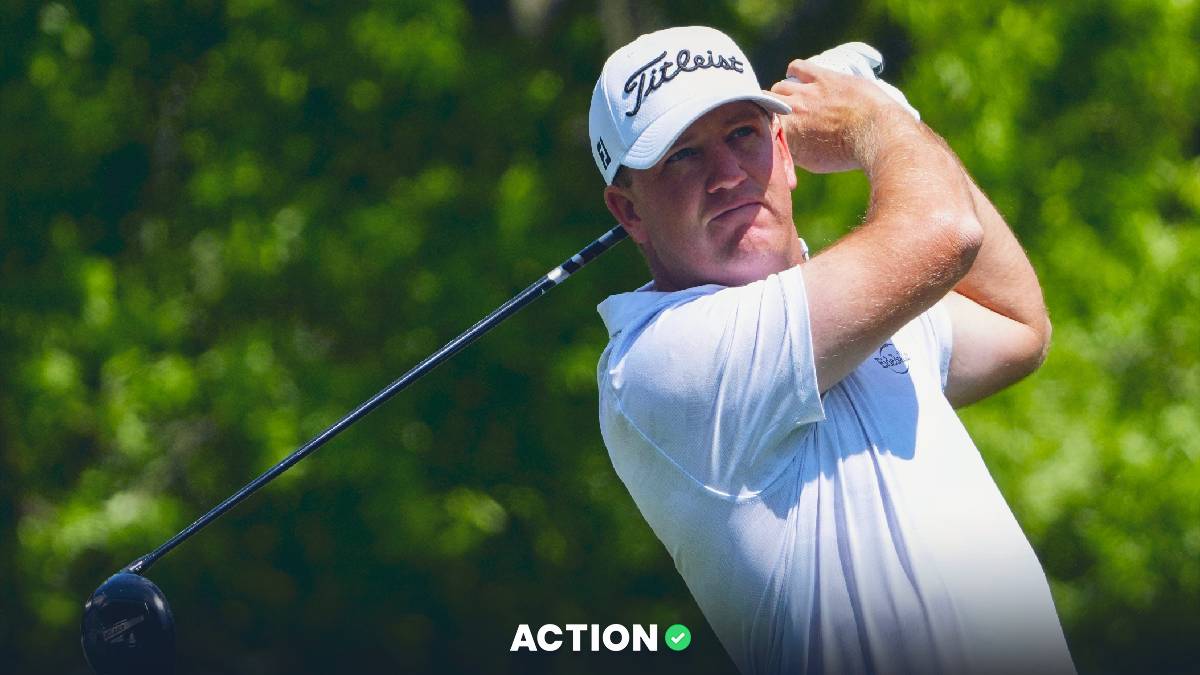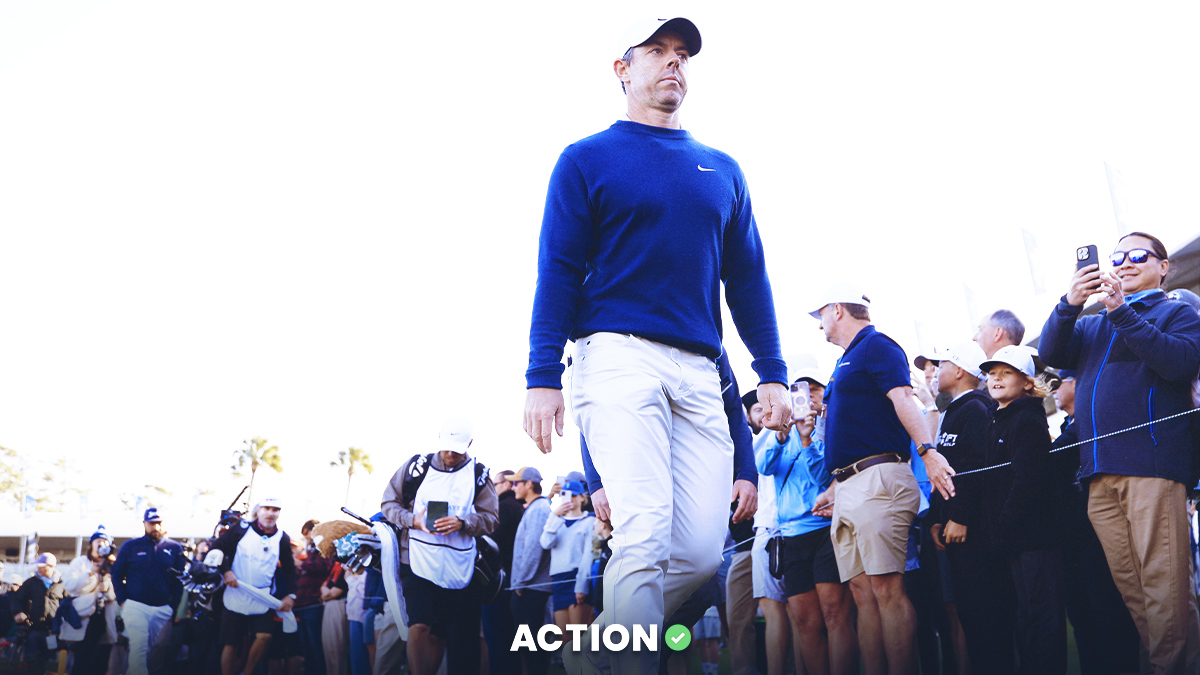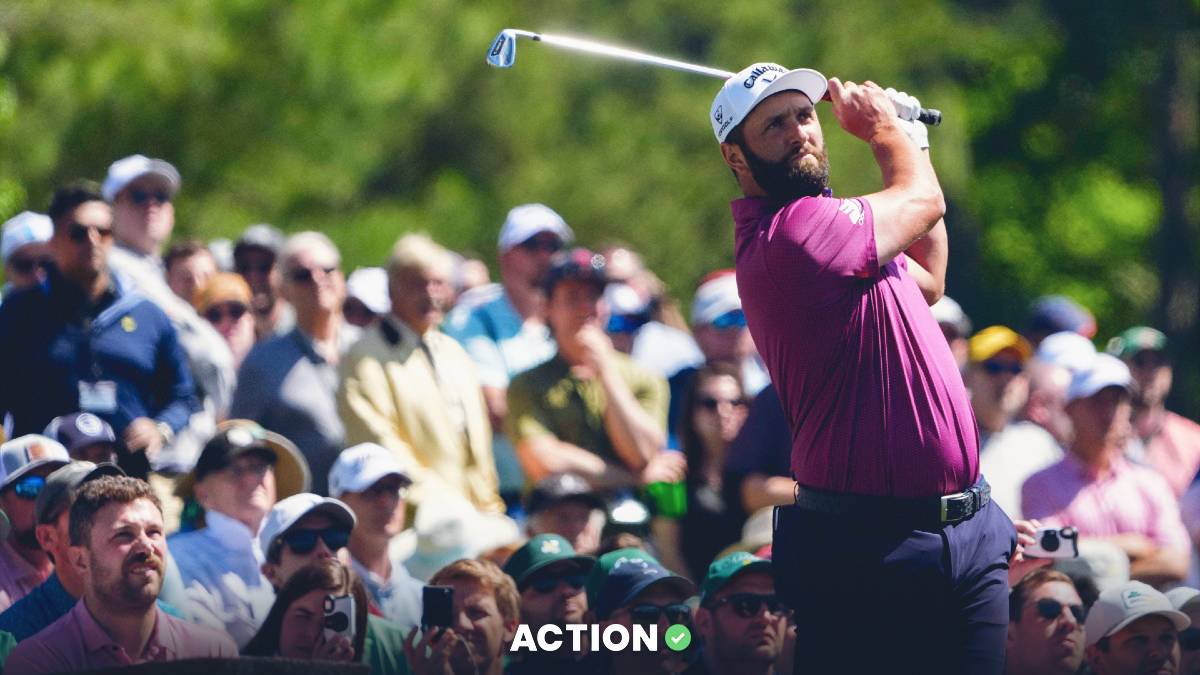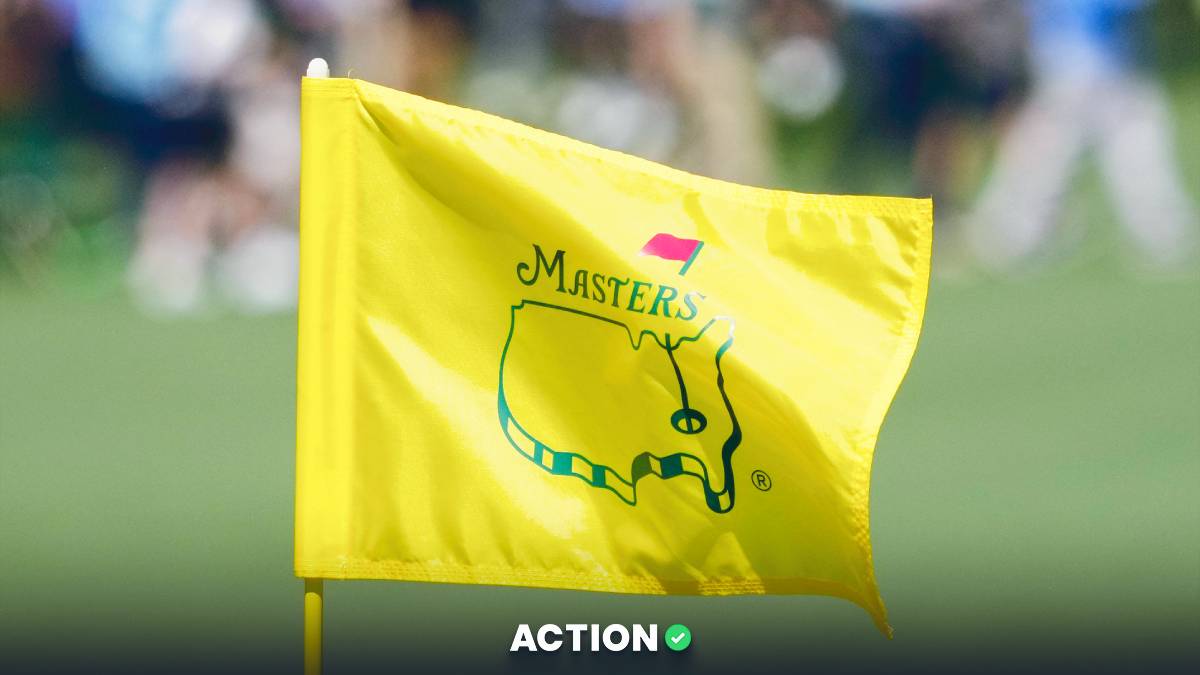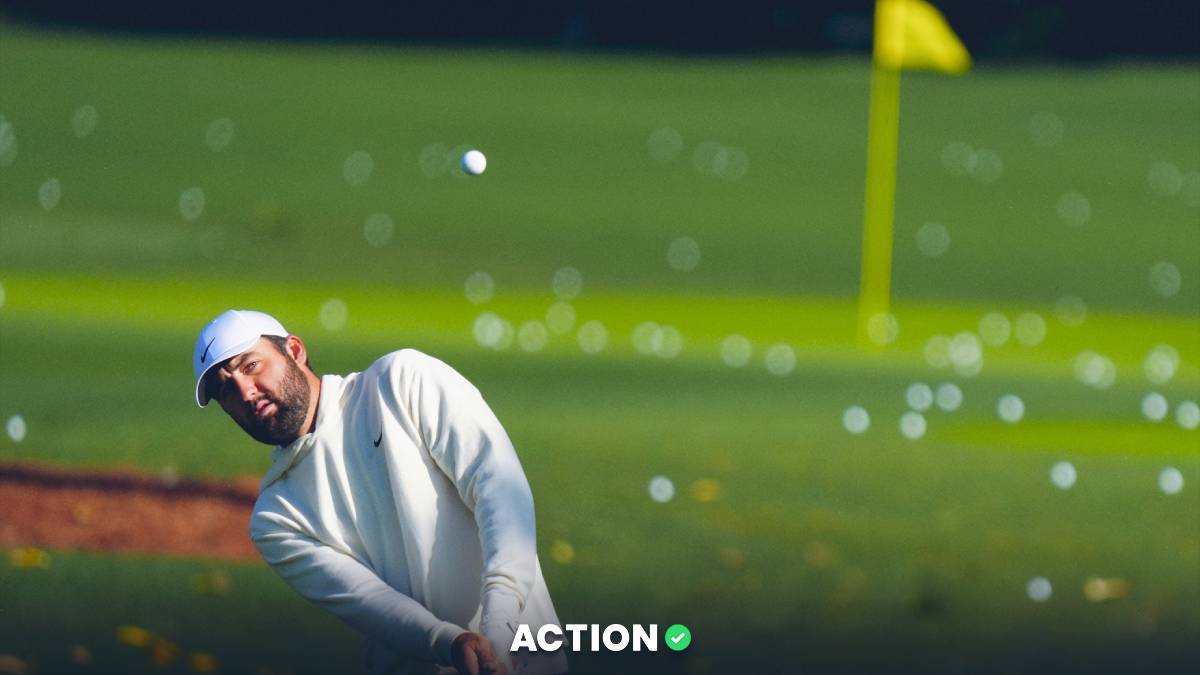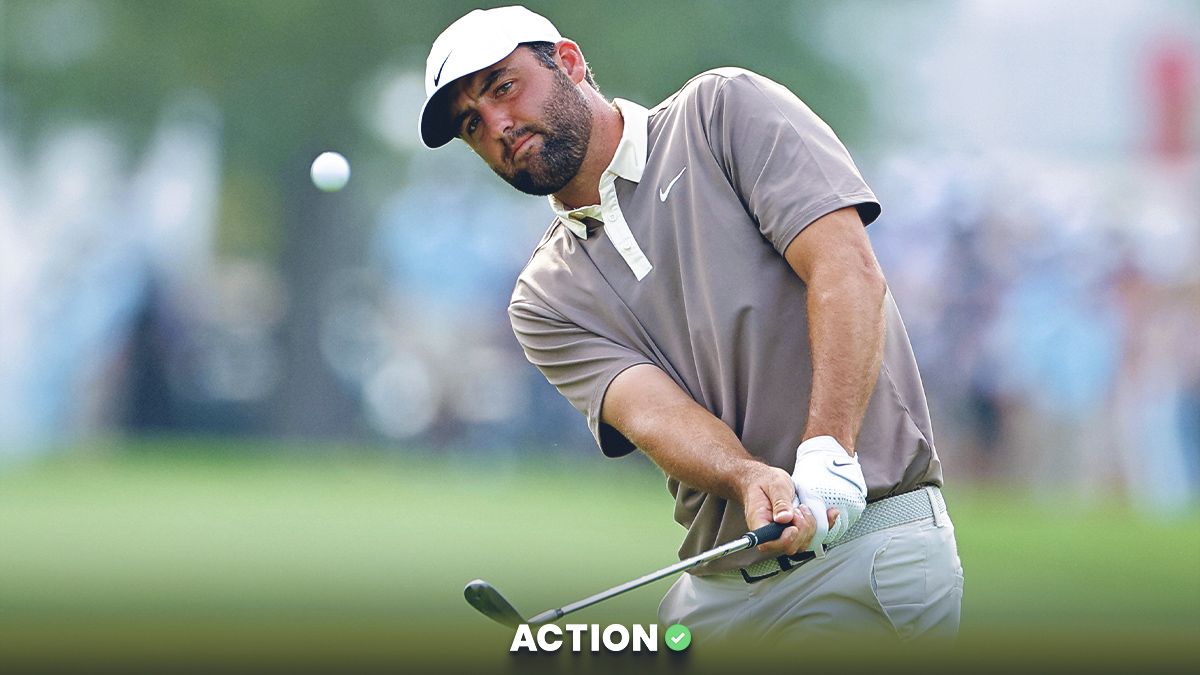Imagine this: In the fourth quarter of a close football game, one of the referees realizes there was a pass interference missed in the first half, so it gets fixed retroactively. Or this: In the ninth inning of a baseball game, the umpire concludes that he failed to call a third strike earlier and makes a correction.
We get it. Golf is different from other sports. It plays by a set of rules that isn’t analogous to those in which past decisions remain history.
However, that doesn’t mean we can’t question how and when such decisions are applied.
Enter Cameron Smith and the imperfect storm of controversy that included a Saturday violation and a Sunday verdict involving a player whose mere presence in all of this inspired more than a few conspiracy theories.
On the fourth hole in the third round of the FedEx St. Jude Championsip, Smith took a drop, but his ball landed and stopped on the hazard line, from which he played his next shot. That’s a violation of Rule 17.1.
Nobody is debating this, including Smith himself.
Instead, the debate instead is about when this was assessed.
Rules officials watched the drop in real time and didn’t initially question it as Smith presumably made a bogey on the hole and later signed his scorecard for a 3-under 67. It wasn’t until Saturday night, when one official was watching a re-air of the broadcast, that anyone noticed the violation.
And it wasn’t until some 12 hours later that Smith was informed about it.
“I happened to catch him as he came into the clubhouse and just asked him if he wouldn't mind coming into the rules office for a minute,” rules official Gary Young explained. “It was probably somewhere around 11:15 [ a.m. CT] when we knew we needed to have a conversation with him. That was when we felt strongly it was at least worth having a conversation. I want to say it was somewhere around 11:20 that I bumped into him.”
Take advantage of WynnBet's latest promo — bet $50, get $200 no matter what!
Smith, who was sitting at 11-under for the tournament, just two strokes off the lead, admitted the mistake and accepted the penalty, reportedly telling Young calmly, “the rules are the rules.” (He declined to speak with the media after Sunday’s round.)
The Aussie should be commended for that reaction, but the simple truth is the rules aren’t always necessarily the rules.
If this violation was committed by a player who wasn’t on camera during a Thursday morning round, it wouldn’t have been questioned. The old if-a-tree-falls-in-the-forest defense. Even stickier: If it occurred in the final round on a Sunday, there would be no adjustment the next day. Once everyone is packed up and the checks are deposited, there’s no changing history. You know, like those other sports.
It’s this incongruent enforcement of the rules which makes golf reek of stuffiness and unfairness. (Not to mention bias, which we’ll get to momentarily.) This is akin to driving the speed limit and getting pulled over because the officer found evidence you were speeding the previous day.
All of which begs an important question: What should be the statute of limitations on such penalties?
New Caesars Sportsbook users will get a $1,500 risk-free betwhen they sign up and deposit.
Once the scorecard is signed after the round? Once the clock strikes midnight? Once the first player tees off in the next round? Or, as was the case in this scenario, once that specific player begins play the following day?
Five years ago, after Lexi Thompson was assessed four penalty strokes for violations in the previous round, the Rules of Golf were amended so that any player violating a rule without knowledge or intent couldn’t be retroactively penalized. That, of course, doesn’t cover the Smith violation, as it could plainly be seen, if not actually ruled upon.
What the PGA TOUR must acknowledge is that such late determinations impact so much more than the player himself.
For a league with five — count ‘em, five — official betting operators, it needs to understand the potential ramifications in the betting marketplace. Smith had been the outright favorite entering the final round and while his even-par 70 would’ve still left him four strokes out of the eventual playoff, those who played him live before the penalty was announced were overspending without knowing it.
Then there’s the biggest elephant in the room, coyly disguised as a shark.
Earlier in the week, it was reported by The Telegraph that Smith is prepared to accept a $100 million offer to join the LIV Golf Invitational Series after the FedEx Cup playoffs are over, perhaps as soon as the next event in Boston during the first week of September.
When asked about it on Tuesday, Smith said, “my goal here is to win the FedEx Cup playoffs. That's all I'm here for. If there's something I need to say regarding the PGA TOUR or LIV, it will come from Cameron Smith. … I'm a man of my word and whenever you guys need to know anything, it'll be said by me.”
Even in “normal” golf times, the optics of this scenario aren’t great. When it concerns a player who’s rumored to be leaving for LIV, perhaps on the precipice of winning one of the PGA TOUR’s crown jewels, it’s enough to prompt even the most uninventive conspiracy theories.
There’s no doubt executives didn’t want the awkwardness which would’ve occurred with a Smith victory. There’s also no doubt hitting his drop from that spot on the hazard line was a violation. Enforcing it the following day, though, draws a very blurred line between these two statements.
For a league that could use some positive PR, which was eventually gained during the electric playoff between Will Zalatoris and Sepp Straka, this was yet another bad look that wasn’t necessarily wrong, but never quite felt right, either.





